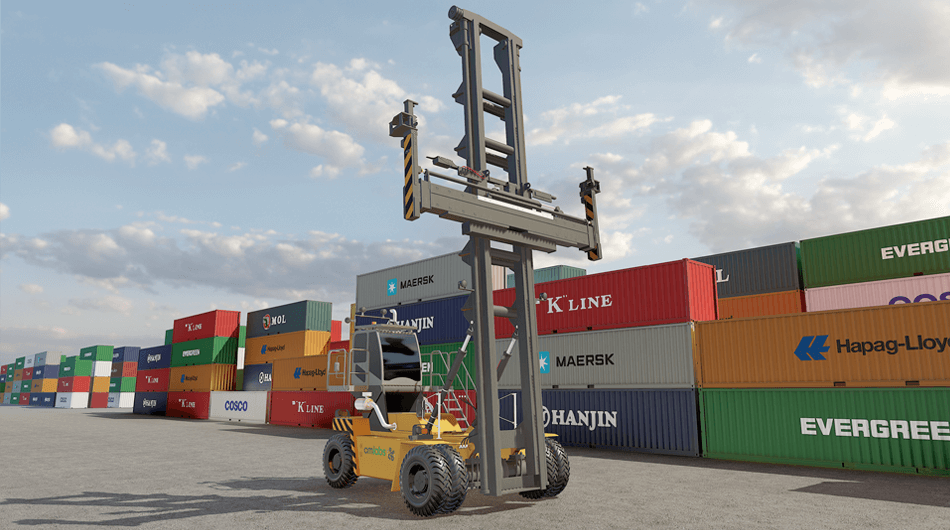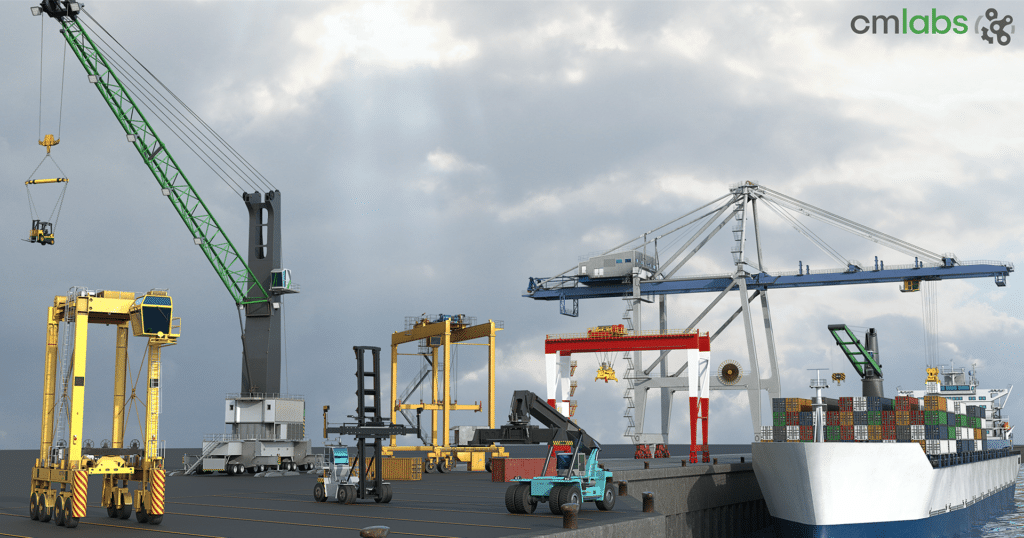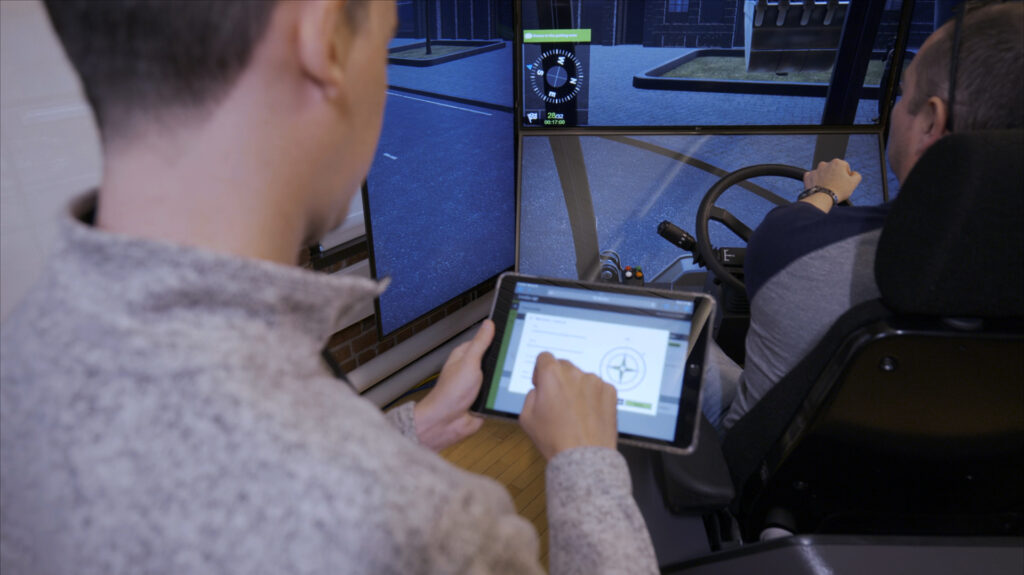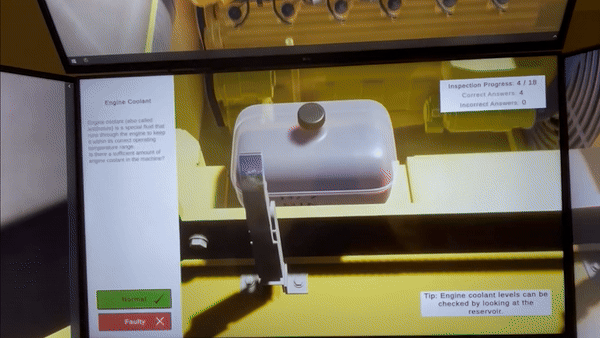With the post-pandemic era well within sight, a number of long-term industry trends are taking shape. Along with volatility and productivity pressures, they include the advent of disruptive technologies including the internet of things (IoT), 5G, AI, automation, robotics, and blockchain.
With the post-pandemic era well within sight, a number of long-term industry trends are taking shape. Along with volatility and productivity pressures, they include the advent of disruptive technologies including the internet of things (IoT), 5G, AI, automation, robotics, and blockchain.
One trend that is also catching hold is port container terminal automation. In absolute numbers, we are still at the beginning of this trend, with roughly 3% of all terminals using automation. Since the first automated port terminal in 1993, however, the technology and lessons learned around automation have advanced, and growth is now exponential.
That said, not all terminals are in a position to move toward automation for the time being, with hesitation around management of labor relations, cyber security issues, and maintenance and infrastructure considerations.
And if the payoff of automation consists of gains in stability and predictability, productivity increases are not necessarily guaranteed – terminals adopting automated processes have reported declines in productivity, much of which can be attributed to training gaps.
According to a recent McKinsey report, “the top problem [with automation] is filling the specialized technical positions it requires … even experienced engineers can take as long as five years to train.”
Continuous Training Helps Lay the Groundwork for Automation
Clearly, any investment toward automation must be carefully planned. This is why CM Labs has developed solutions to help terminals throughout the different stages of the journey.
Before undertaking new process automation initiatives, port terminals need to:
- be able to objectively identify operators who can help guide the change on the ground and steer it towards safe, productive outcomes
- adapt training to ensure staff are more flexible and can carry out more roles within a terminal in order to manage larger peaks
After all, human operators will play a key role even in the context of full automation, when things do not go as planned. They will have to improvise, and in an even shorter timeframe, they will have to make decisions. That’s why it’s vital to assess their decision-making abilities ahead of the transition.
It’s also vital to implement continuous training, as during any exception scenarios, operators may find it necessary to perform operations manually. In this context, simulators are an invaluable, always-available training resource.
With built-in capabilities for introducing simulated equipment malfunctions and other unexpected events, simulators can also assist in re-enforcing safety rules and regulations, to influence positive attitudes around any shift toward automation.
Continuous Training Helps Lay the Critical Role of Training Data Groundwork for Automation
It’s also worth underscoring the role of data in training. Data helps port operators understand the root cause of delays and exceptions, and helps them clearly define problems and therefore the solutions they need to find. Without data, port terminals run the risk of unnecessary human error issues and lack of transparency in the event of incidents.
To this end, CM Labs’ training simulators pair with an Instructor Operating Station (IOS) to track, record, and report on objective metrics that you can customize to reflect your operating priorities. Not only does this allow you to set objective benchmarks, on equal playing fields for all operators, but it also lets you establish a performance database reflecting standardized assessment protocols.
Once top operators have been identified, and upskilling initiatives undertaken, the natural path to increased efficiency consists of bringing total workforce productivity up to baseline levels, in order to avoid the “hero” syndrome that characterizes many initial steps toward automation, whereby success relies on the talent and will of truly exceptional staff.
This approach can be difficult if not impossible to replicate consistently, and that is why it’s essential for port terminals to leverage the data provided by tools such as the IOS for skills monitoring, assessment, and enhancement.
Without these tools, port terminals often experience disappointing automation results, including declining productivity levels: A 2018 McKinsey survey indicated that although automation has fulfilled its promise of reduced operating expenses (15% to 35%), productivity has fallen by up to 15%.
With tools like the IOS in place, however, it becomes much easier for terminals to perform an objective gap analysis of workforce skills. This allows them to adjust training as necessary for a successful transition to automated or semi-automated systems.
Beyond its training value, using simulation also helps establish baselines, acquire objective performance data, consolidate that data across multiple users and terminals as required, and leverage analytics tools to iterate and improve on processes.
Launching Initiatives Around Remote Operations
For terminals that are considering or already using remote operations technology, CM Labs provides a Remote Operating Station (ROS) desk simulator that integrates with original equipment manufacturer (OEM) control systems.
These simulators are vital tools for helping operators make the adjustment, as with the advent of remote cranes and other technology associated with terminal automation, operators need to develop new skills – as well as new reactions – in order to handle unforeseen events safely and effectively.
By bringing simulation into the loop at the training stage, port terminals can eliminate errors, reduce operator incidents, and quickly identify and solve potential workflow gaps to ensure high productivity levels.
The ROS training solution is delivered as a fully functional operating desk with joysticks, buttons, a full-screen layout, and OEM controls. It can simulate all crane functions, camera displays, and automated safety functions, as well as the terminal’s container management system. The high fidelity of the ROS desk simulation is such that OEMs can also use the simulator during the product development process to validate PLC logic.
Indeed, CM Labs has extensive experience in simulator integration with external systems. We have performed integration with crane control systems (CCS), industrial PLCs, Remote Operation Stations (ROS), and Terminal Operator Systems (TOS) by different OEMs such as Liebherr, Manitowoc, ZPMC, Yanmar, Tigercat, IHC Fundex, etc..
What lies ahead
Perhaps the type of solution that is most often requested from CM Labs are products that are customized to specific terminals, whether for manual operations, semi-automated operations, or remote operations.
This is one of our core areas of expertise, due in part to our award-winning and proprietary simulation software, but also thanks to our partnerships with OEMs that give us unique insight into engineering design as well as upcoming equipment innovations.
To learn more about how we can help you, watch our on-demand webinar How Simulation Can Help Port Terminals Prepare for Remote Operations





